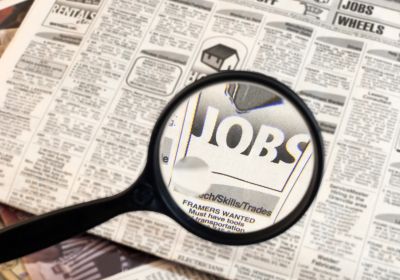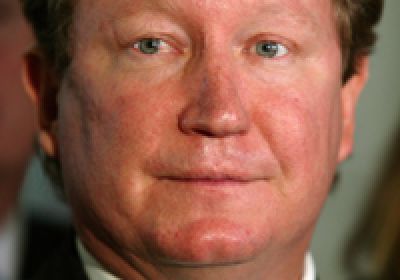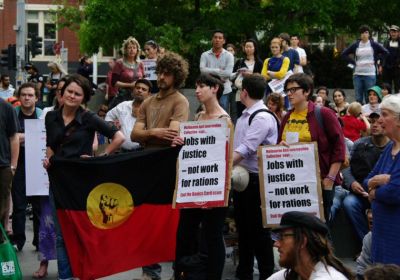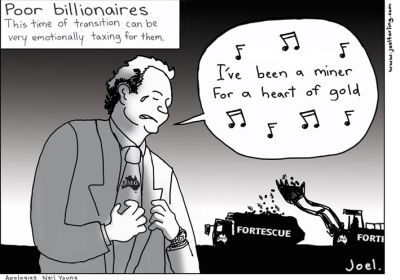
This is the Lucky Country, right? The Lucky Country that escaped the recession after the global financial crisis. The Lucky Country where a mining heiress’s wealth grows by $650 a second. Where banks break new profit records, year after year.
Not so “lucky” for some though.
An ongoing Roy Morgan survey found 2.41 million people in Australia (19.3% of the workforce) were unemployed or underemployed in October. An estimated 1.33 million (10.7% of the workforce) of these were unemployed.



